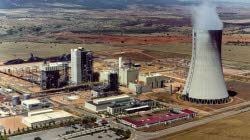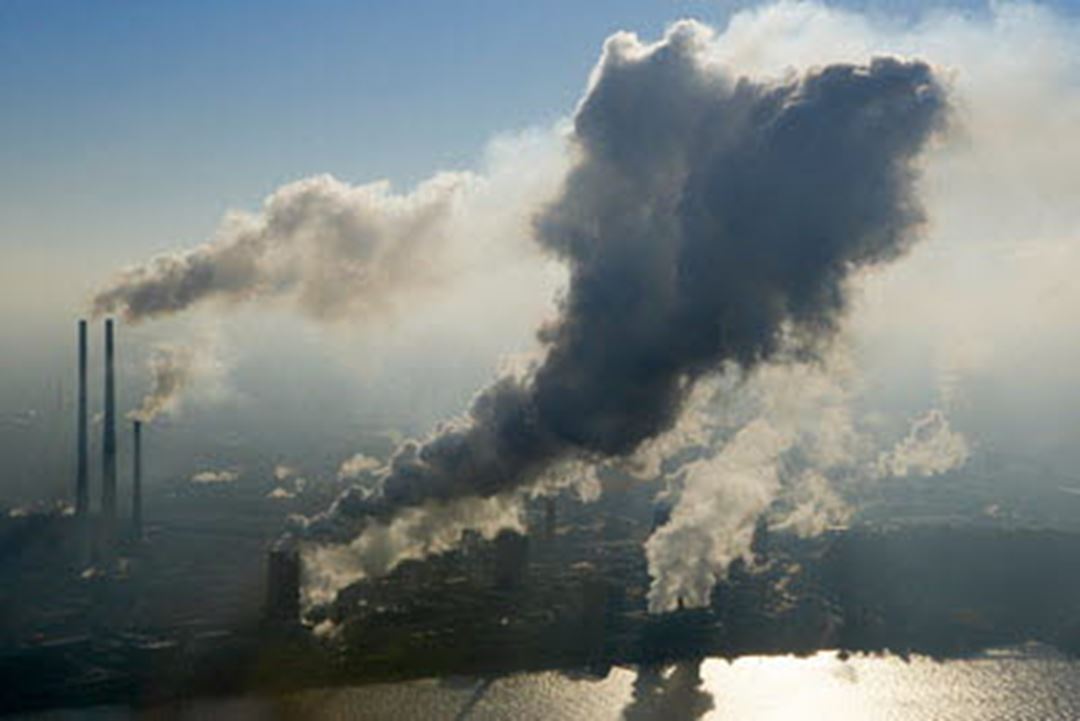Power generation based on fossil fuels is one of the major contributors to global CO2 emissions. Measures have been taken at both national and European levels to reduce CO2 emissions from power stations as we move towards a low-carbon future.
The DemoCLOCK project
The DemoCLOCK project, with a budget of €8.2 million, is based on a special version of a technology called Chemical Looping Combustion (CLC). This new CO2 capture technology is believed to be cost-effective and has already been tested in the laboratory with promising results.
More compact and easy to scale up
“CLC itself is believed to be on the verge of becoming one of the most cost-effective ways of capturing CO2 from power plants. DemoCLOCK aims to demonstrate the technical, economic and environmental feasibility of implementing a packed bed-based chemical looping combustion (CLC) concept in large-scale power plants. This version of CLC is even less complex and more compact than the original CLC concept”, says Dr. Shahriar Amini of SINTEF, who is the Project Coordinator of DemoCLOCK.

|
|
A medium-scale reactor will be built in the Puertollano power plant, Spain for CO2 capture. Photo: Elcogas |
Building a test reactor in Spain
All the partners in the DemoCLOCK project will work towards the proof of feasibility: (read more:) the medium-scale demonstration of a 500kW packed bed CLC reactor in the Elcogas company’s Integrated Gasification Combined Cycle (IGCC) power plant in Puertollano in Spain, the largest IGCC power plant in Europe.
The original CLC concept for power production with economical CO2 capture
Fossil fuel power generation is based on burning fuel with oxygen from the air, just as we burn wood in a fire. The resulting CO2 is diluted in large amounts of nitrogen left over from the air, which makes it very difficult to economically separate, capture and store.
CLC overcomes this problem by never allowing direct contact between the air and the fuel, so that the CO2 does not mix with nitrogen in the first place. Two reactors, an air reactor and a fuel reactor, are used in the CLC process, and an oxygen carrier in the form of metal oxide granules is circulated between them. In the air reactor, oxygen from the air is transferred to the oxygen carrier in a process called oxidation, producing lots of heat and a harmless stream of oxygen-poor air. The resulting oxygen-rich oxygen carrier is then transferred to the fuel reactor, where it provides the fuel with oxygen in the total absence of nitrogen.
Fuel reacts with the oxygen carrier in a process called reduction and produces an exit stream of only CO2 and H2O. Capturing the CO2 from this stream is very easy because it only needs to be cooled down for the H2O to condense out, leaving a stream of pure CO2. The oxygen-poor oxygen carrier can then be transported back to the air reactor to repeat the process. As in any other fossil fuel power generation system, the heat generated in the reactors can be converted to electricity by means of turbines.
The DemoCLOCK version of CLC – “packed bed”
In packed bed CLC, the oxygen carrier material is fixed in a reactor and alternatively exposed to fuel gas and air streams. This arrangement essentially creates the fuel reactor and the air reactor alternatively in a single reactor and therefore has all the CO2 capture advantages of the standard CLC process described above.
Another major advantage of this setup is that the oxygen carrier material no longer has to be transferred between the two reactors. This greatly simplifies the process and is expected to speed up its commercialisation. The packed bed CLC concept was originally developed by a research group at Eindhoven University of Technology in the Netherlands (formerly at the University of Twente in the Netherlands).
Reducing energy losses in a cost-effective way
The packed bed CLC will be used to convert gasified solid hydrocarbons (syngas) into hot streams of CO2 and oxygen-poor air which can potentially be used for electricity generation. Packed bed reactor technology thus opens up the prospect of using various types of fuel (e.g. coal, petcoke, biomass).
“In comparison with currently available CO2 capture techniques, our concept will reduce power generation energy losses and do so in a cost-effective way”, says project coordinator Shahriar Amini.
The project aims to modify the current energy generation system to make it more sustainable and less dependent on imported fuels. This will help to address pressing challenges of security of supply and climate change, while increasing European industrial competitiveness.
DemoCLOCK participants:
(DemoCLOCK: Demonstration of cost-effective medium-size Chemical Looping Combustion through packed beds using solid hydrocarbons as fuel for power production with CO2 capture)
SINTEF, Norway
Politecnico di Milano, Italy
Verbia Nano Technologies, Spain
Flemish Institute for Technological Research (VITO),Belgium
Energy research Centre of the Netherlands, (ECN), the Netherlands
Institute for Ecology of Industrial Areas (IEIA), Poland
Céramiques Techniques et Industrielles (CTI), France
Elcogas, Spain
Array Industries, the Netherlands
Eindhoven University of Technology (TU/e), the Netherlands
Foster Wheeler Italiana, Italy

